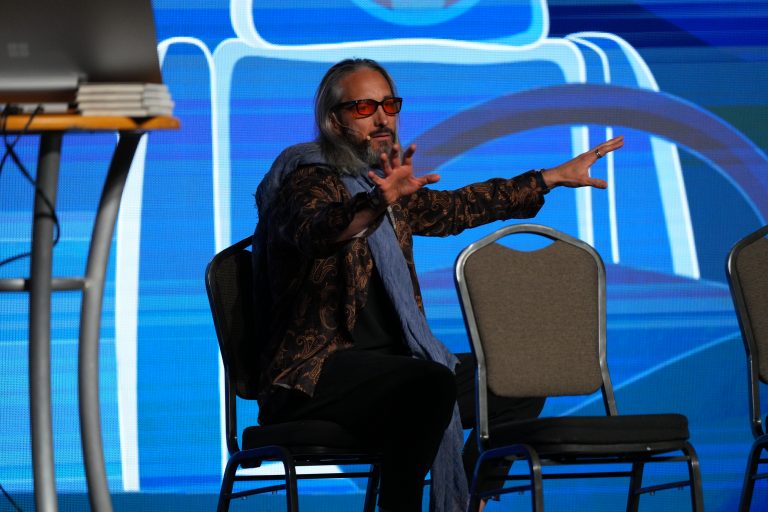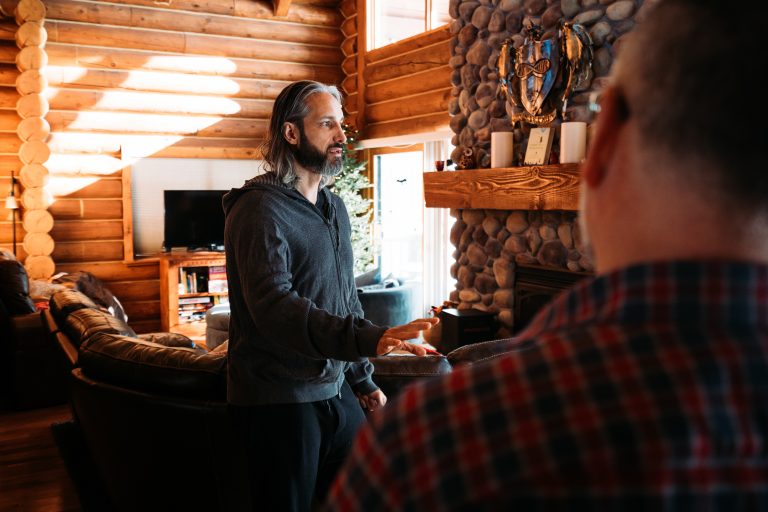Can you make up for lost time and money?
Is it possible without risking more money or crushing yourself by working so hard that you have little time or energy for anything else?
In a world filled with health hacks, money hacks, tips, tricks, and social media universities (TikTok, IG, YouTube), these are mostly…hacks.
Hacks. You know, the synonym for a bad comedian.
Chasing returns without a framework and a premise leads to loss.
Loss of money.
Loss of time.
Loss of energy.
Loss of confidence.
Ultimately, loss of trust.
It is a steep price to pay.
Loss can harm relationships and, in the worst case, destroy families.
Loss leaves its mark.
It can impact generations, inviting scarcity and repelling prosperity.
Heavy.
Generational scarcity.
Generational poverty.
Never rising above the rat race, the ranks, and feeling the pressure of the fleeting middle class.
Worried about inflation, in bondage to the banks, and at the whims of the economy.
The Path to Scarcity
How does it happen?
Bad advice.
Bad investing.
Bad philosophies.
High risk = high return.
You’re in it for the long haul.
It takes money to make money.
If we think that risk equals return, every investment sounds good. At least, it sounds good upfront.
Great salesmanship, great stories, excellent track record, impressive returns… blah, blah, blah.
But what is the downside?
What could go wrong?
What are the contingencies?
Do you have control over any of the variables? What are the guarantees and exit strategies?
Sometimes we ask questions to confirm our bias.
It isn’t true due diligence as much as making us feel better about what we have already chosen to do.
Sometimes, the timing feels right.
We have the money; the deal is there, so it seems serendipitous.
Is it?
Yet, we often know deep down when something doesn’t sound right, seem right, or feel right, but the story is just so compelling.
We don’t want to miss out.
We want to make up for lost time.
We want to fix past mistakes or things we missed out on.
We want to get ahead.
Have some breathing room.
Feel better about our finances.
Dream again.
I get it.
I’ve done it.
It’s part of the learning process, like a rite of passage.
Investing in something that isn’t what it seems—takes more money, takes longer, or doesn’t work in the end.
The Two Emotional Culprits
How did we get here?
Fear and greed.
Two culprits of emotional abuse and loss.
Two emotions that lead us down the road of risk.
Fear.
Fear of missing out.
Fear of not belonging.
Fear of not looking smart.
Greed.
I deserve this. I want this. I need this. I. Must. Have. This.
This will show them (whomever you want to prove something to).
You may even dream of what the money could bring you. How easily it will spend and make life better.
Have you been on the wrong side of fear and greed?
I have.
Started a hard money lending fund.
A distraction. A very big distraction.
Lost memories. Lost money. Lost hair (or at least it went gray).
It was expensive.
Fortunately, I learned the lesson.
Most don’t.
Learn the lesson or repeat the mistake, but this time with more pain and more at stake.
After losing, starting late, or wanting to improve your finances, rather than working harder, taking more risks, or completely giving up, there is another way—a better way.
A Better Strategy than Chasing Returns
There is a way to make up for loss.
It doesn’t require risk, it isn’t some hack, and you don’t have to chase returns or take risks.
It is about plugging leaks.
AKA cash recovery.
AKA boosting the bottom line.
AKA keeping more of what you make… but without cutting back or budgeting.
This is about wealth capture.
Wealth creation will require time, work, effort, expense, and so much more. Sure, always grow your income, grow your money, and grow yourself. But you can also help yourself with efficiency.
Wealth capture requires knowledge.
Savvy.
A small amount of time for a big payoff.
It begins with awareness.
Then automation.
Rather than risking your capital, it is about protecting and preserving it.
Efficiency.
With this found cash, you can improve your lifestyle, invest in yourself, or invest in cash-flowing assets. Reclaiming your cash is just the first step.
This is cash that is rightfully yours.
Money slipping through the cracks.
Unnoticed, but worth a fortune.
One of the main culprits of financial leakage (sounds like a terrible disease) is overpaying on tax. It is less likely for a W-2 earner, but for any 1099 independent contractor or business owner, it leads to substantial money nine times out of ten.
You are also likely to overpay on interest if you have more than one loan.
Or, if you have investments in a retirement plan, there are likely hidden fees, non-performing fees, and a myriad of fees that confiscate wealth.
Plus, most people have duplicate coverage with their insurance. This improper structure leads to less coverage or money loss.
The Four “I’s” to Efficiency
I call these the 4 Is to efficiency




One thought on “Making Up for Lost Time and Money”
Good morning, I’m basically starting from scratch. I’ve been divorced and I’m pretty much an empty nester. I’m 56 yrs young and ready to relocate an start living with abundance.